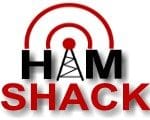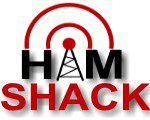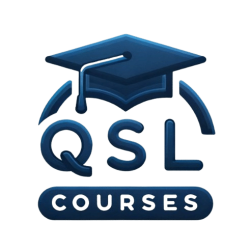
question specific learning
Transforming Knowledge Into Understanding
Discover the Free Advanced Amateur Radio Course from Hamshack.ca, optimized for mobile learning and utilizing the proprietary QSL (Question Specific Learning) method. This cutting-edge course is specifically designed for licensed amateurs aiming to upgrade from Basic or Basic with Honours certification, offering a unique learning experience that delves into the ‘why’ behind each answer, promoting quicker comprehension and longer retention of knowledge. The course is mobile-friendly and includes visual aids, comprehensive quizzes, and exams to ensure a thorough understanding of advanced amateur radio concepts. With free unlimited access for hamshack.ca account holders, it’s the perfect opportunity for learners to enhance their advanced amateur radio knowledge. Join the community of learners who are finding the course transformative in demystifying complex technical concepts. Enroll today and take the first step towards acing your Advanced Amateur Radio exam. Ham radio clubs are welcome to incorporate the QSL Advanced course into their educational programs for a nominal per user fee, offering a cost-effective solution to enhance training for their members. Contact VE7DXE to get started today.
Log into your hamshack.ca account to access the QSL Advanced Course. Don’t have an account? No problem, request an account here. Good luck with your studies!
How it Works
- Sign-up for the Course
- Study the QSL Course Content
- Take the QSL Practice Exam
- Find an Examiner
- Write the Advanced Exam
- Pass the Exam and Have Fun!
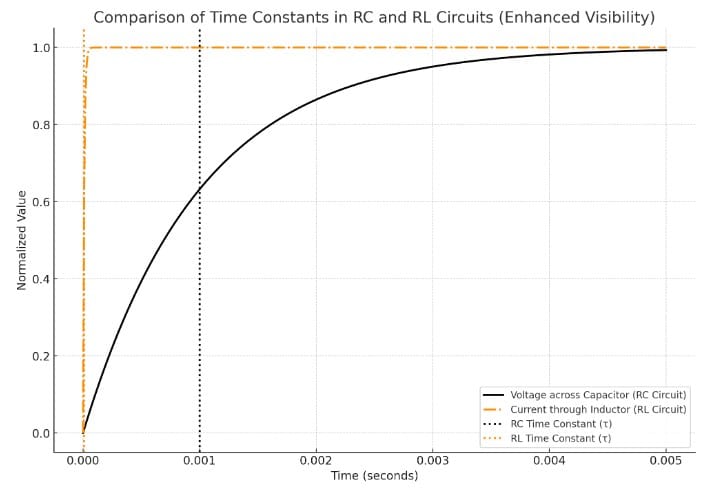
1.1. time constant – capacitive and inductive
Hamshack.ca’s “Time Constant – Capacitive and Inductive” course, within the Advanced Theory section, targets individuals aiming for an Advanced Licence. Using the Question Specific Learning (QSL) method, this course delves into radio technology for those with Basic licences, readying them for the Advanced Written exam. It combines detailed explanations and practical examples to enhance understanding and application skills in radio setup, focusing on theory integration with real-world use. It prepares amateur radio operators with crucial skills in signal processing and frequency tuning, enriching their hobby.
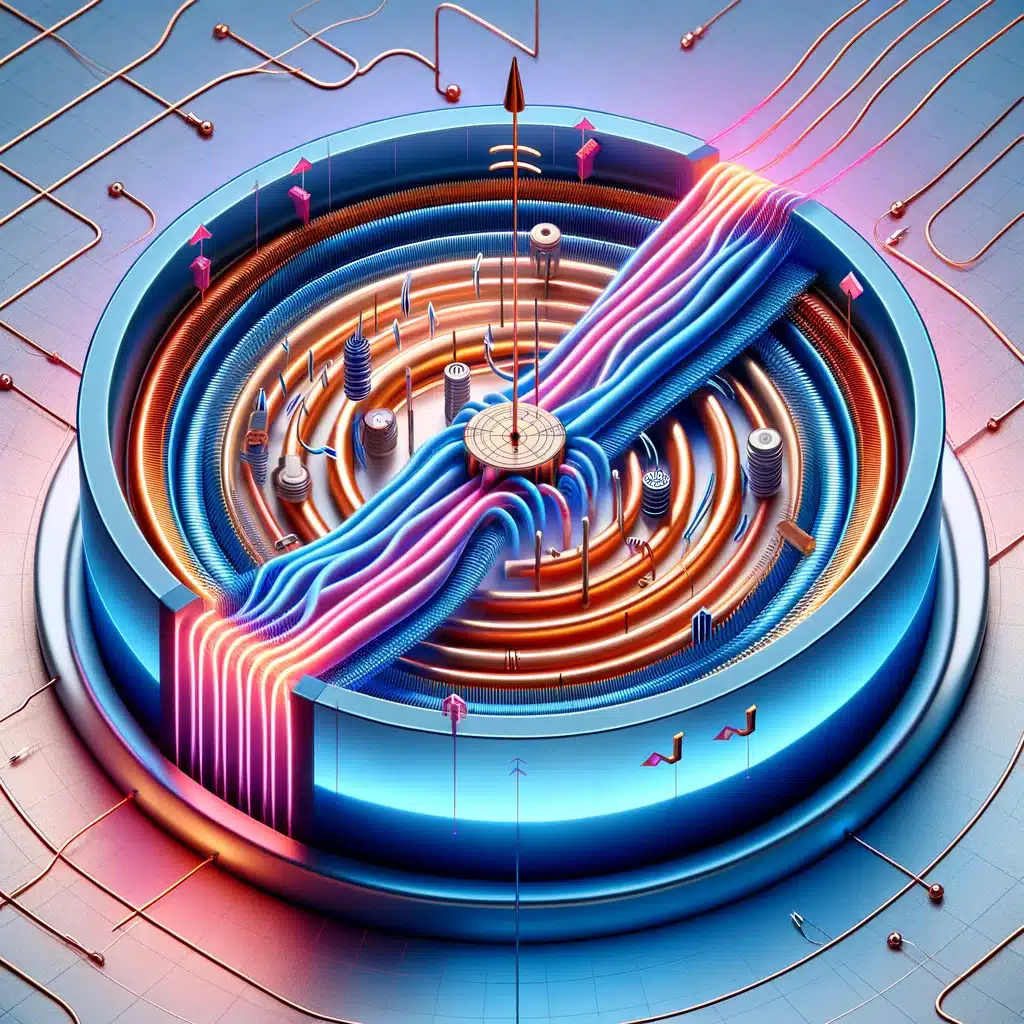
1.2. electrostatic and electromagnetic fields, skin effect
Hamshack.ca’s “Electrostatic and Electromagnetic Fields, Skin Effect” course, part of the Advanced Theory section, readies learners for the Advanced Written exam. It delves into essential electronics principles crucial for ham radio mastery, focusing on electrostatic and electromagnetic fields and the skin effect’s impact on RF currents. Utilizing the Question Specific Learning (QSL) method, the course not only prepares students for the exam but also equips them with practical skills by linking theory to real-world applications, enhancing operator skills and equipment performance.
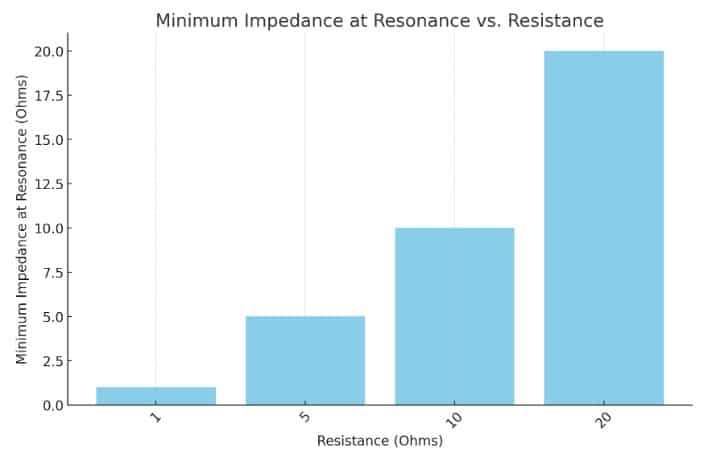
1.3. series-resonance
Hamshack.ca’s “Series-Resonance” course, within the Advanced Theory section, delves into RLC circuit resonance, essential for amateur radio and RF engineering mastery. It covers resonant frequency principles, tuning, and component variations, offering insights for radio frequency optimization. The course focuses on balancing reactances to reduce impedance, precise circuit tuning, and component value calculations for specific resonances. Aimed at preparing for the Advanced Written exam, it combines theory with practical applications in amateur radio through the Question Specific Learning (QSL) method, enhancing both understanding and operational skills.

1.4 parallel resonance
The “Parallel Resonance in RLC Circuits” chapter from Hamshack.ca’s Advanced Theory section focuses on calculating resonant frequencies in parallel RLC circuits, key for RF engineering and amateur radio. It explores how inductance and capacitance changes influence resonant frequencies, emphasizing the balance between inductive and capacitive reactances that leads to parallel resonance. This phenomenon, crucial for tuning circuits, frequency amplification, and signal filtering, demonstrates the importance of precise component values. Through the Question Specific Learning (QSL) approach, learners gain practical insights into circuit tuning and design for achieving specific operational frequencies.

1.5 quality factor (Q)
Hamshack.ca is changing Amateur Radio education with its cutting-edge Question Specific Learning (QSL) methodology, showcased in courses like the ‘Quality Factor (Q)‘. This course, the last of the five in the Advanced Theory section, is tailored for those seeking an Advanced Licence, providing a thorough exploration of the Quality Factor and its significance in circuit performance. It delves into resonance, bandwidth, and selectivity, illustrating these concepts through practical examples. The QSL method, exclusive to Hamshack.ca, encourages a shift from rote memorization to a profound comprehension, leveraging detailed explanations and real-life scenarios from the Spectrum Management Question bank. This innovative approach not only aids in exam preparation but also furnishes learners with the necessary capabilities to design, optimize, and troubleshoot efficient radio communication systems, thereby redefining the standards of Amateur Radio education.

2.1. germanium, silicon, gallium arsenide, doping, P-type, N-type
Hamshack.ca extends its innovative Question Specific Learning (QSL) methodology to the ‘Germanium, Silicon, Gallium Arsenide, Doping, P-type, N-type‘ course, the first in the Advanced Components and Circuits section. This chapter offers a deep dive into the properties and applications of key semiconductors: germanium, silicon, and gallium arsenide, along with an exploration of the doping process and the differentiation into P-type and N-type materials. These semiconductors are crucial for their distinctive ability to conduct electricity under specific conditions while acting as insulators under others, a feature essential for manufacturing diodes, transistors, and integrated circuits. Through the QSL approach, Hamshack.ca fosters a transition from mere memorization to a profound understanding, using detailed explanations and real-life examples. This course not only prepares learners for advanced examinations but also equips them with the knowledge to innovate and optimize in the field of electronics, significantly impacting the development and functionality of modern electronic devices.

2.10. digital logic elements
The ‘2.10 Digital Logic Elements‘ course, a crucial component of the Advanced Components and Circuits section at Hamshack.ca, employs the Question Specific Learning (QSL) methodology to cover the essential aspects of digital electronics — logic gates and circuits. This chapter is vital for anyone involved in ham radio and electronics, as it lays the groundwork for understanding digital communication and processing systems. It comprehensively explores the functionalities and characteristics of various logic gates including NAND, OR, NOR, NOT, EXCLUSIVE OR, EXCLUSIVE NOR, and AND gates, as well as flip-flops, bistable multivibrators, latches, and the role of transistors in multivibrator circuits. Each component is discussed for its specific utility and features that are indispensable for designing complex digital systems. By concluding this chapter, learners will achieve a solid foundation in digital logic, enabling them to apply this knowledge in the development and optimization of electronic devices and systems across a range of applications.
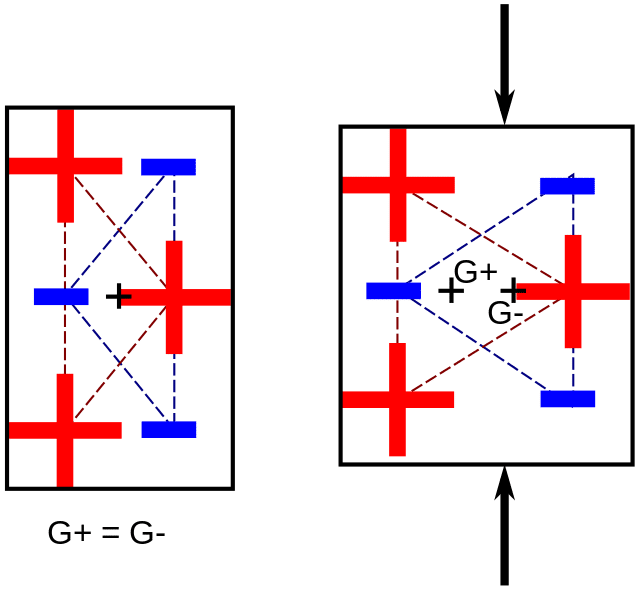
2.11. quartz crystal – properties and applications
The ‘2.11 Quartz Crystal – Properties and Applications‘ course, part of the Advanced Components and Circuits section at Hamshack.ca, is designed using the Question Specific Learning (QSL) approach to illuminate the critical role of quartz crystals in radio communication technology. This chapter ventures into the detailed study of crystals, focusing on their application in various crystal-based components like lattice filters and oscillators within radio systems. It covers the operational principles of crystal lattice filters, the piezoelectric effect, and the distinctive properties of crystals that are essential for oscillator circuits. By diving into these topics, learners will understand how crystals ensure frequency stability, enhance signal filtering, and improve the efficiency of radio communication devices. This course is indispensable for those keen on mastering the technical facets of radio communications and employing crystal technology in electronic circuit designs, providing a comprehensive foundation for advancing in the field of modern radio communications.
Hamshack.ca is transforming Amateur Radio education through its proprietary Question Specific Learning (QSL) method, used to deliver the Advanced Amateur Radio course, with the Basic and other courses to follow. This approach emphasizes understanding the reasoning behind correct answers with detailed explanations, real-life examples, and quizzes developed from the Spectrum Management Question bank. QSL aims to shift learning from simple memorization to thorough comprehension, preparing learners for practical application and the Spectrum Management formal written exams.
© The Question Specific Learning (QSL) method is a proprietary and copyrighted educational framework, exclusively developed by Hamshack.ca. For detailed information on usage rights and restrictions, please refer to the Hamshack.ca Terms of Use.
